Losing subscribers on YouTube can be both disheartening and strategically concerning, especially when it happens frequently or in large numbers. While subscriber growth is often viewed as a key success metric, subscriber loss is just as important to analyze.
It can signal deeper issues with content, branding, or audience alignment.
In many cases, the drop isn’t personal or even reflective of content quality. Algorithms, viewer behavior, and platform policies often play subtle roles in this dynamic.
However, when subscriber losses become consistent or follow a noticeable pattern, they usually indicate problems that need to be addressed.
Understanding subscriber trends is critical for business owners and content creators who use YouTube as a branding or lead-generation channel.
Rather than treating subscriber count as a vanity metric, subscriber count should be approached as a performance indicator that can guide long-term content strategy, audience engagement, and brand positioning.
Table of Contents
Understanding Subscriber Churn: Natural vs. Problematic Losses
Subscriber churn refers to the process of losing subscribers over time. Not all losses are alarming. In fact, some level of churn is a healthy sign that your audience is self-filtering for relevance and engagement.
Natural Reasons for Unsubscribes:
- YouTube Purges inactive, spam, or bot accounts periodically, which can cause sudden drops.
- Viewer Lifecycle: Users may clean up their subscriptions, especially if they’ve changed interests or are overwhelmed with content.
- Irregular Watching Habits: Some users subscribe impulsively and later realize the content doesn’t match their needs.
These unsubscribes tend to occur sporadically and don’t usually point to a systemic issue. They may also accompany seasonal or algorithm-driven shifts across the platform.
However, problematic losses follow patterns:
- Subscriber count declines after every upload
- Losses correlate with specific content themes
- Audience retention rates drop simultaneously
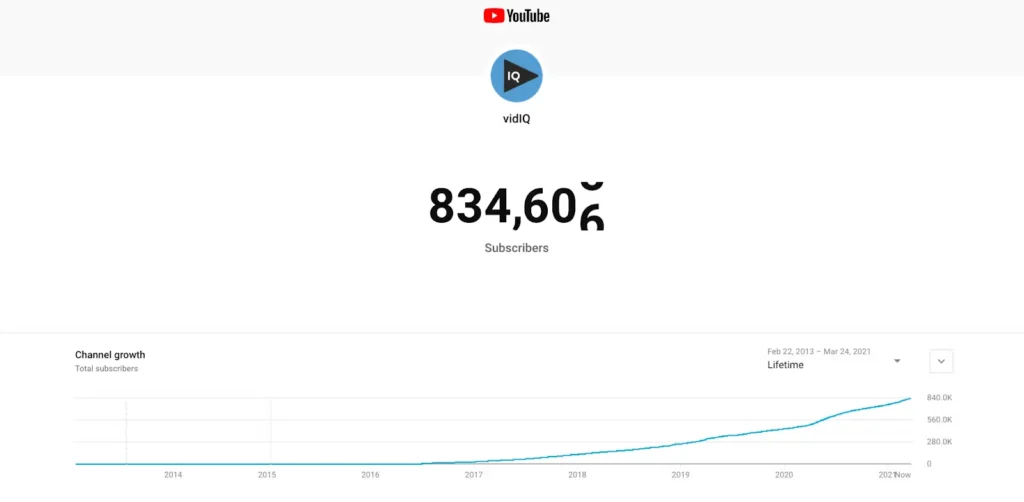
If these signs appear, it’s time to audit both content and channel behavior. Look for changes in video format, tone, or targeting. Use YouTube Analytics to identify whether losses are concentrated around particular videos or date ranges.
How to Differentiate:
- Use the “Subscribers lost” metric by video inside YouTube Studio.
- Compare week-over-week trends rather than daily fluctuations.
- Review comment sections for audience sentiment clues.
Recognizing whether the drop is random or reactive helps avoid overcorrecting based on assumptions. It sets the foundation for targeted recovery strategies and smarter content decisions.
Common Causes of Losing Subscribers
Not all subscriber losses are accidental or algorithmic. In many cases, they result from tangible actions, content decisions, or branding missteps. Identifying the underlying cause is key to solving the problem effectively without compromising long-term goals.
While YouTube’s ecosystem is vast and fluid, there are recurring patterns among channels that experience noticeable subscriber decline. The following are some of the most common reasons creators, especially business-oriented channels, lose subscribers over time.
Inconsistent Upload Schedule
An irregular upload cadence often leads to disengagement. Subscribers join with expectations for frequent updates or steady, reliable publishing rhythms. When uploads become sporadic, viewers question the channel’s reliability and value.
What Happens When You Stop Uploading To YouTube // Staying consistent vs. miss uploads ANALYTICS
It doesn’t mean content must be frequent. Weekly, bi-weekly, or even monthly schedules can work if they’re consistent. It’s the inconsistency that signals unreliability. Subscribers prefer channels that maintain a rhythm they can trust.
Long gaps followed by sudden bursts of content often confuse the algorithm and alienate the audience.
Drastic Shifts in Content Focus
Pivoting a channel’s topic or tone without preparing the audience can result in immediate unsubscribes. For instance, a business channel that shifts from informative case studies to casual vlogging may alienate subscribers who followed for professional insight.
Shift Your YouTube Focus without Losing Subscribers!
Audiences subscribe based on what they perceive as a channel’s niche. If that niche changes suddenly, it disrupts the alignment between content and expectations.
While strategic shifts are sometimes necessary, they must be communicated clearly; ideally through community posts or dedicated update videos that provide context.
Clickbait or Misleading Titles/Thumbnails
Clickbait might generate initial traffic, but it erodes trust. Subscribers feel deceived when titles or thumbnails exaggerate the actual content or misrepresent the subject entirely. Even if the video is high-quality, misalignment between expectation and delivery creates dissatisfaction.
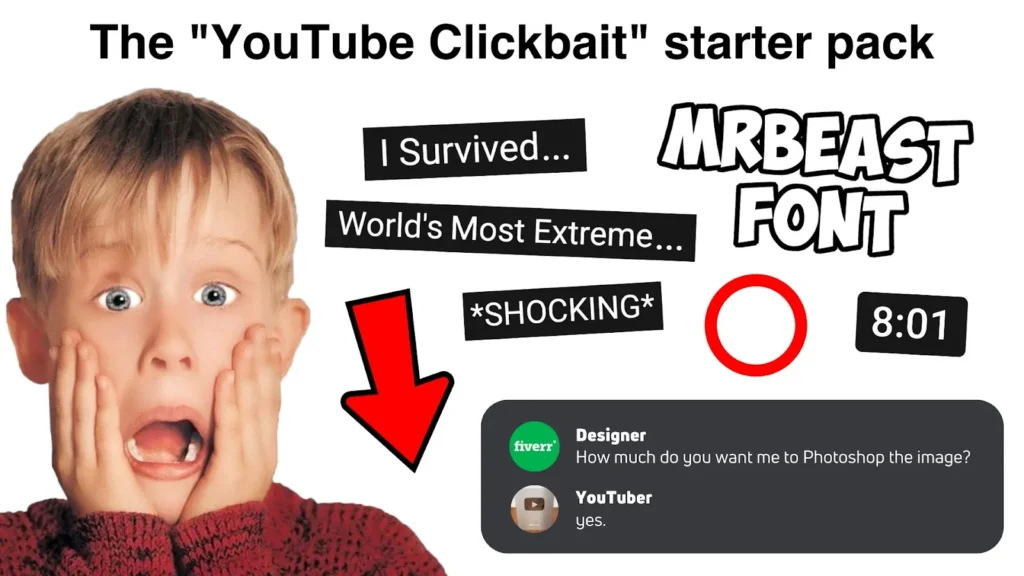
Credibility is non-negotiable in a business context. Deceptive packaging, especially for educational or tutorial content, diminishes authority and leads to negative engagement metrics.
Over time, this results in subscriber loss and damages the channel’s reputation within its niche.
Poor Audience Engagement or Communication
Subscribers don’t just want to consume content; they want to feel acknowledged. Channels that ignore comments, fail to respond to criticism, or avoid community features often come across as disengaged.
This lack of reciprocity creates emotional distance. While a content creator may not have time to respond to every comment, occasional interaction, polls, shout-outs, or Q&A videos help build loyalty.
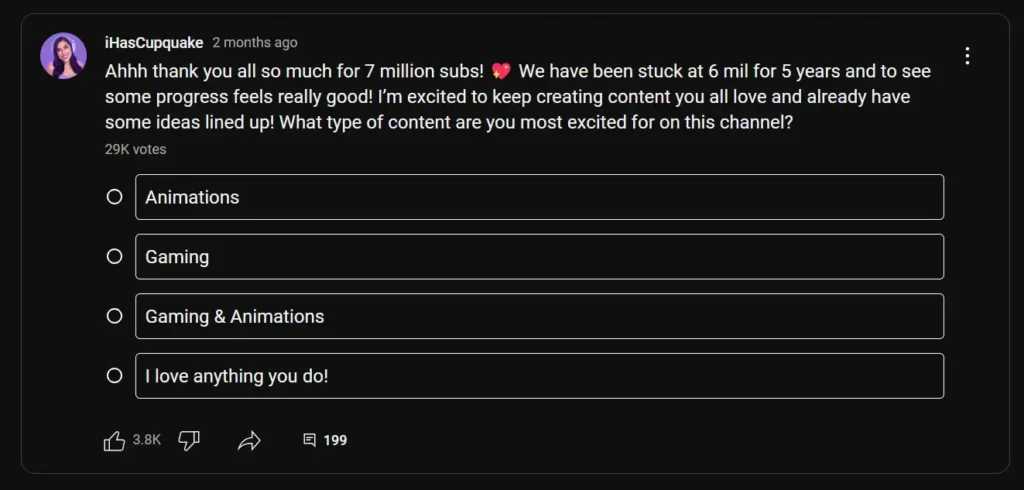
For business channels, this engagement translates to brand trust. Subscribers expect creators to be approachable experts, not distant broadcasters.
Decline in Content Quality
Even with a consistent theme, diminishing quality can quietly drive away subscribers. Low-effort production, rushed scripts, or repetitive content signal a lack of value. As competitors continue to evolve, stagnant formats become more noticeable and less competitive.
Quality must be maintained for business owners using YouTube as part of a marketing or educational funnel. Viewers compare one video to the next.
If they notice a decline in editing, sound, or depth of information, they may interpret it as a broader decline in the brand’s overall professionalism.
Irrelevant Sponsored Content or Over-Promotion
While monetization is necessary, excessive or poorly aligned promotions disrupt the viewer experience. If every video opens with a sponsorship or revolves around product placement, it diminishes the content’s perceived authenticity.
Subscribers tolerate promotions when they are relevant and spaced out. However, repeated interruptions, especially from unrelated brands, give the impression that the channel prioritizes income over value.
Promoting tools or services in business-focused content is acceptable, provided they directly benefit the viewer and are disclosed transparently.
Algorithmic Purges and Policy Enforcement
Sometimes, subscriber drops have nothing to do with content decisions. YouTube routinely removes spam accounts, inactive users, or those flagged for policy violations. This can lead to sudden drops, especially after platform-wide audits.
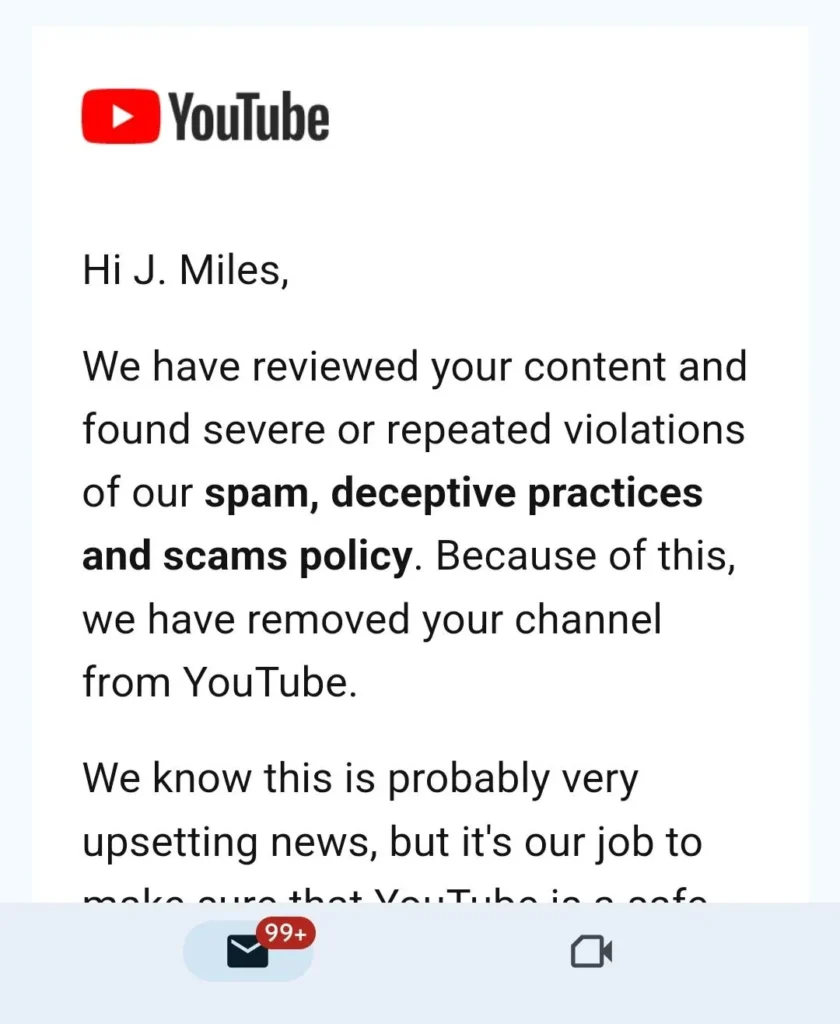
While these purges are unavoidable, it’s important not to misinterpret them as audience rejection. Business owners should cross-reference sudden declines with YouTube’s known maintenance schedules or official updates.
If no content-related issues are present, the loss is likely part of a broader algorithmic clean-up.
Analyzing Analytics: What to Look For
YouTube Studio is the primary hub for identifying subscriber behavior. Tracking metrics at the video level is essential to understanding when and why subscriber loss occurs.
Navigate to the “Content” tab, select a video, and review the “Subscribers” metric to see if that specific upload led to a net loss or gain.
In addition, the “Audience” and “Analytics Overview” sections offer deeper context. YouTube’s dashboard lets users correlate content changes with spikes or drops in subscribers.
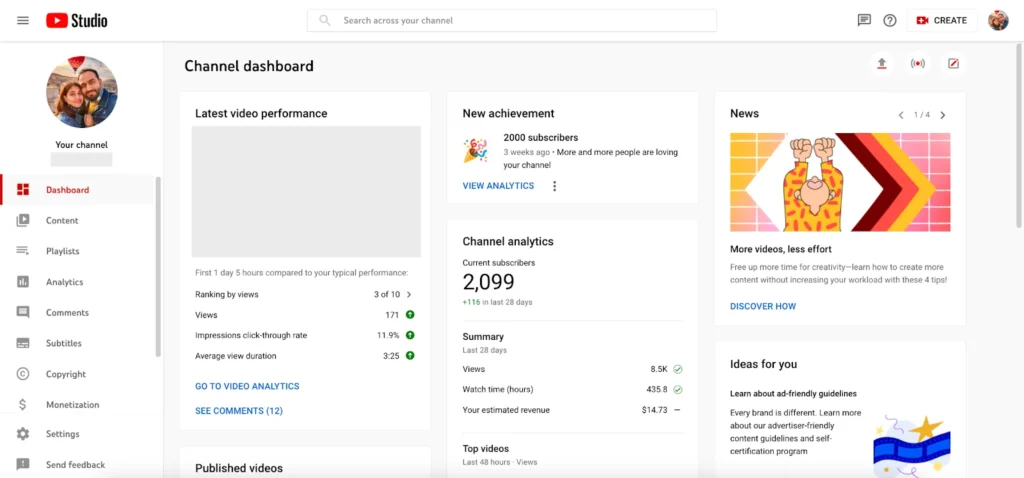
Key metrics to monitor:
- Subscribers (per video): Indicates how specific content influences user retention or disengagement.
- Impressions Click-Through Rate (CTR): Measures how compelling your thumbnails and titles are. A high CTR with negative subscriber change can signal misleading packaging.
- Average View Duration: Short watch time suggests viewers aren’t finding what they expect or are losing interest quickly.
- Engagement Rate: Likes, comments, and shares offer cues about audience satisfaction and content relevance.
Beyond raw numbers, demographic segmentation matters. Under the “Audience” tab, YouTube shows age groups, gender, and geographic locations. It allows you to determine if specific demographics are unsubscribing more frequently than others.
Comparing returning vs. new viewers is also vital. If subscriber loss comes primarily from returning users, it often reflects dissatisfaction with recent content changes or tonal shifts.
If losses are from new users, it may indicate that your value proposition is not being clearly communicated in the early viewing experience.
The final step is to compare these losses across publishing patterns. Cross-referencing analytics with upload frequency, content type, and video length can uncover trends that pinpoint the root of churn.
Effective Solutions to Stop the Bleeding
Understanding why subscribers leave is only half the battle. The real key to recovery is implementing strategic responses based on analytics insights.
The following solutions target specific causes and are especially relevant for business owners looking to strengthen their channel’s authority and longevity.
Clarify Your Value Proposition
Make the purpose of your channel immediately clear through your channel banner, description, and pinned videos. Confusion about what the channel offers leads to early exits.
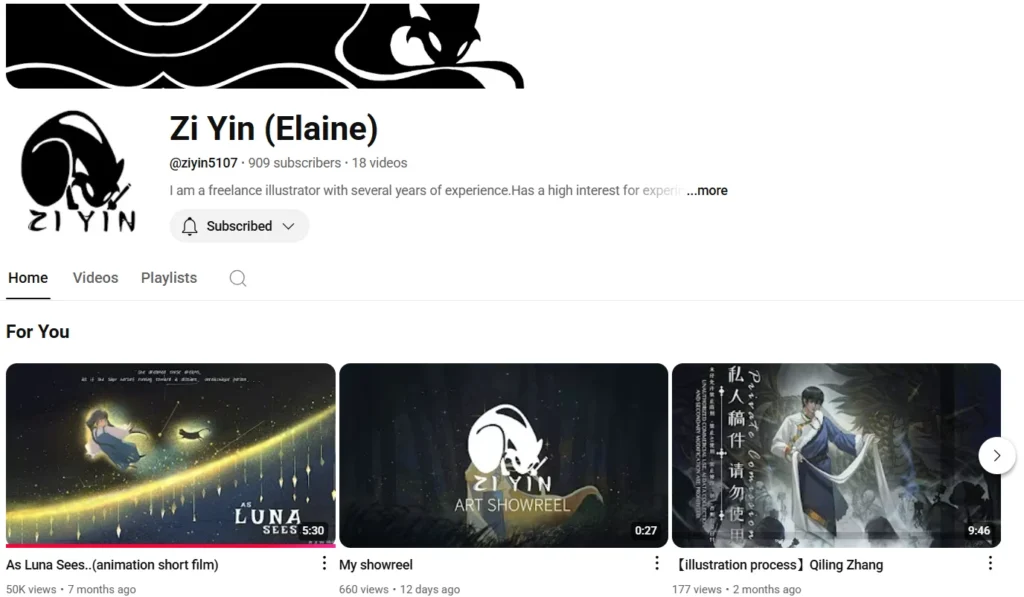
Refine your niche messaging and update your branding to align with your current audience. If you offer educational content, emphasize outcomes: what viewers will learn or improve by subscribing.
It reduces friction for new viewers and strengthens the clarity of your content strategy.
Optimize Content Relevance and Consistency
Create editorial calendars that account for seasonality, industry updates, and evergreen needs. Maintain consistent themes while layering in timely topics to avoid redundancy.
If churn occurs after certain video types, reevaluate the format, tone, or information density. Focus on depth and problem-solving. Inconsistent production pacing should also be resolved. Use scheduled releases to build anticipation and ensure predictability.
Improve Community Engagement Practices
Subscribers who feel valued are less likely to leave. Respond to comments, even selectively, and use polls, Q&As, or behind-the-scenes updates to build a relationship.

Also consider live sessions or premieres where viewer interaction is central. These reinforce viewer loyalty. Creating shared rituals (like a weekly tip series or monthly recap) gives audiences something to return to, reinforcing long-term commitment.
Balance Promotional Content with Value-Driven Content
Promotions are necessary, but saturation drives attrition. Instead of frequent, broad promotions, integrate product mentions naturally within valuable tutorials or insights.
Also, be selective with brand partnerships. Align only with tools or services directly relevant to the audience. Clearly mark sponsored content and explain how it benefits the viewer.
How To Get Brand Deals – The No BS Approach For Beginners
This transparency protects credibility and minimizes unsubscribes tied to perceived commercialization.
Use Subscriber Feedback to Adapt Proactively
Run occasional feedback campaigns through community posts or external surveys. Ask directly what content types subscribers want more or less of.
Use this qualitative data to complement analytics. If a trend appears (such as dissatisfaction with video length or tone), test subtle changes and monitor the results. Early adaptation prevents larger losses and shows subscribers their input matters.
When Subscriber Loss Isn’t a Bad Thing
Not every drop in subscriber count signals failure. In many cases, attrition can lead to a healthier, more engaged audience base. Below are common scenarios where subscriber loss is beneficial:
- Removal of Inactive or Spam Accounts: YouTube periodically purges fake or dormant accounts. A drop after such cleanups may reflect platform maintenance rather than user dissatisfaction. These removals improve engagement metrics.
- Audience Realignment After a Niche Shift: Some older subscribers may leave if the channel pivots to a new niche. This natural filtering process results in a more aligned and interested viewer base over time.
- Unsubscribes Triggered by Consistent Boundaries: Channels that take clear stances or reinforce a unique voice may repel subscribers who aren’t a good fit. It helps reinforce a loyal core audience that matches the brand values.
- Loss Due to Ending Controversial Content: Discontinuing polarizing formats or clickbait tactics may cause initial drops, but protects long-term trust and channel credibility. This positions the brand better for strategic growth.
- High Churn on Viral Videos: Virality often attracts passive subscribers with low intent. Losing them afterward is expected and preferable to inflating vanity metrics without real engagement.
Tools to Track Subscriber Trends Over Time
Third-party tools can offer deeper visibility than YouTube Studio alone to monitor long-term subscriber behavior. Platforms like TubeBuddy, vidIQ, and Social Blade provide visual subscriber graphs, benchmarking features, and historical trend analysis.

Set up alerts for unusual subscriber drops to detect possible algorithm changes, content backlash, or technical issues. Compare week-over-week or month-over-month data to detect seasonality or audience fatigue.
Historical comparisons help forecast future growth based on campaign performance, upload frequency, or format shifts, making trend recognition a strategic, rather than reactive, process.
Conclusion
Losing subscribers on YouTube is inevitable, but it’s not always a crisis. For business owners, the key lies in differentiating natural churn from problematic disengagement.
Subscriber retention can be optimized over time by leveraging detailed analytics, using third-party tracking tools, and implementing audience-aligned improvements.
Even subscriber loss offers valuable data: signals that can guide refinement in content strategy, messaging, and delivery.
Rather than fearing the metrics, business owners should approach them as a compass, steering the channel toward sustainable audience growth and stronger brand authority. Data-informed creativity remains the cornerstone of long-term success on YouTube.


